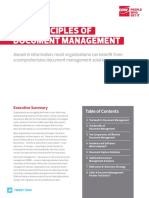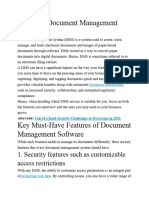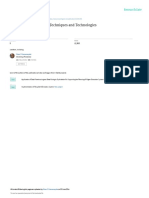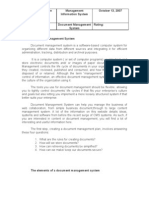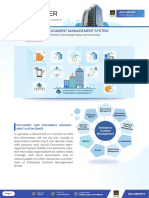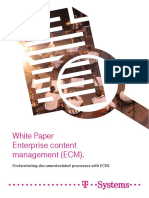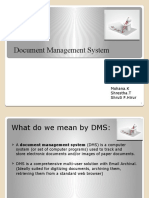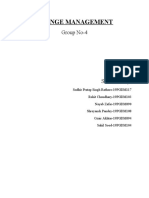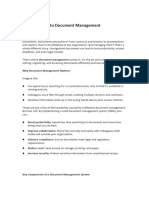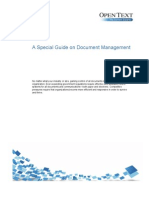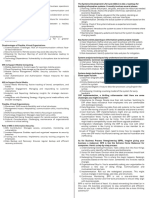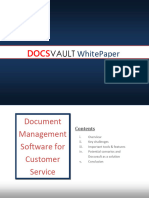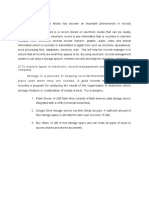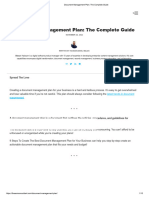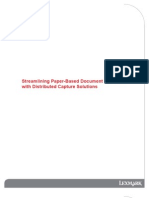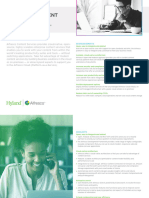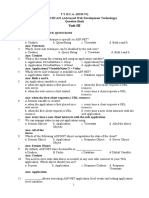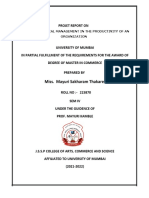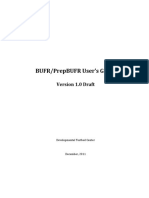0% found this document useful (0 votes)
22 views4 pagesChallenges of A DMS
The document discusses 11 key challenges organizations face in document management: 1) complexity in retrieving documents, 2) high document processing cycle times, 3) integration challenges, 4) user adoption hurdles, 5) losing important documents, 6) limited accessibility, 7) metadata management issues, 8) document security concerns, 9) lack of scalability, 10) high storage costs, and 11) need for training and education of users. Addressing these challenges requires implementing effective strategies around search, workflows, technologies, policies and training.
Uploaded by
vivik mirayCopyright
© © All Rights Reserved
We take content rights seriously. If you suspect this is your content, claim it here.
Available Formats
Download as PDF, TXT or read online on Scribd
0% found this document useful (0 votes)
22 views4 pagesChallenges of A DMS
The document discusses 11 key challenges organizations face in document management: 1) complexity in retrieving documents, 2) high document processing cycle times, 3) integration challenges, 4) user adoption hurdles, 5) losing important documents, 6) limited accessibility, 7) metadata management issues, 8) document security concerns, 9) lack of scalability, 10) high storage costs, and 11) need for training and education of users. Addressing these challenges requires implementing effective strategies around search, workflows, technologies, policies and training.
Uploaded by
vivik mirayCopyright
© © All Rights Reserved
We take content rights seriously. If you suspect this is your content, claim it here.
Available Formats
Download as PDF, TXT or read online on Scribd
/ 4


